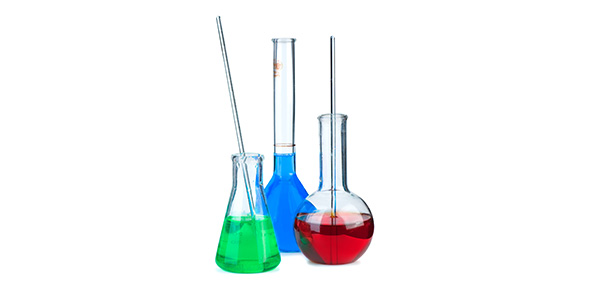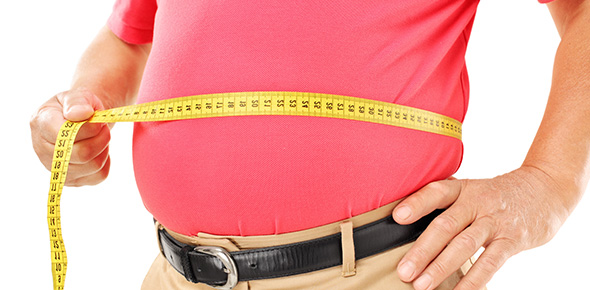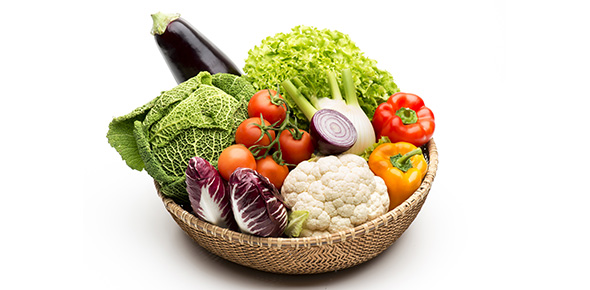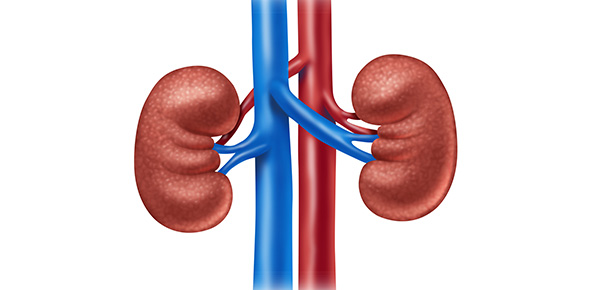Related Flashcards
Related Topics
Cards In This Set
| Front | Back |
|
Why does glucose need to be stored in the form of glycogen and why is it used as an energy source instead of fatty acids?
|
-brain only uses glucose for energy source
-glycogen can be easily broken down for fast supply of energy -can supply energy in absence of O2 |
|
Where are the two major sites of glycogen storage and where is the glucose released from these cells?
|
-muscles: for their own use in glycolysis
-liver: released into blood for use by entire body |
|
Describe the structure of glycogen
|
-glucose molecules linked by alpha 1-4 bonds
-have polarity (one end has free anomeric C and other end is non-reducing with -OH on 4th C) -highly branched on every 10thC by alpha 1-6 glycosidic bond -alpha 1-4 linkage results in polymer being curved |
|
Describe the step by step mechanism of glycogen synthesis
|
-glucose-6-phosphate is converted to glucose-1-phosphate by phosphoglucose mutase
-glucose1-P is activated with UTP by UDP-glucose pyrophosphorylase to UDP-glucose and pyrophosphate -pyrophosphate is hydrolyzed to 2orthophosphate -UDP-glucose is transferred to a glycogen primer (glycogenin) by glycogen synthase forming alpha 1,4 linkage -branching enzyme forms alpha1-6 bond between 7glucose residues and another chain |
|
Describe the step by step mechanism of glycogen breakdown
|
-glycogen phosphorylase removes a glucose residue from non-reducing end forming glucose-1-phosphate
-phosphoglucose mutase converts glucose-1-P to glucose-6-P -glycogen phosphorylase stops 4 residues before a branch -transferase transfers 3 glucose residues to end of another chain -alpha-1,6-glucosidase cleaves 1-6 bond with water between branch forming glycogen and glucose molecule |
|
What is the mechanism of phosphoglucose mutase?
|
And key serine residue with a phosphate in PGM phosphorylates glucose-1-P at the 6thC forming gluocse-1,6-bisphosphate
-phosphoryl group on 1C in gluccose-1,6-BP is transferred to enzyme yielding PGM and glucose-6-phosphate |








